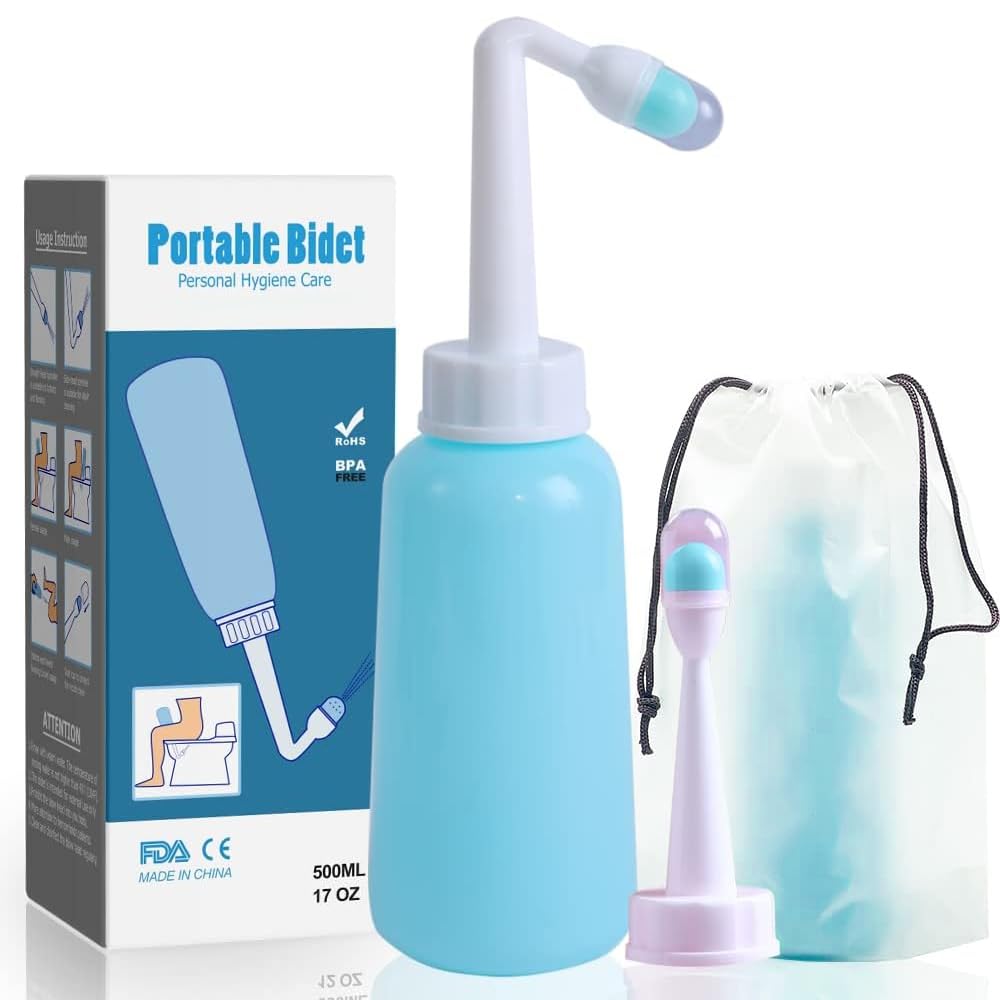Childbirth without pain: Understanding natural techniques and alternatives
– Many women want to experience labor and delivery without pain medication.
– Taking care of your body and staying active and eating well during pregnancy can help with childbirth.
– Communicate your goals of avoiding pain medication with your health care team.
– Choose a hospital or birth center that supports pain medication-free deliveries.
– Attend birthing classes to learn coping techniques for pain and to be informed about pain medication options.
– Consider using pain relief techniques such as massage, water therapy, breathing exercises, music, calming smells, short walks, and changing positions during labor.
– Have a support person with you during labor and delivery, such as a partner, friend, family member, or a professional like a nurse, midwife, or doula.
– Support people can advocate for your wishes, provide coaching and help with relaxation techniques and pain relief tools.
– Doulas are trained support people who can offer advice, comfort, and encouragement but not medical care.
– It is recommended to view your ob-gyn and birth support team as members of the same team.
– Check with your hospital or birth center about the number of people allowed during childbirth due to potential COVID-19 policies.
– It is important to know the signs of labor and when to go to the hospital.
– If you are healthy, your ob-gyn may suggest laboring at home before going to the hospital.
– During early labor, activities like walking, showering, and relaxation techniques can be helpful.
– Slow, relaxed breathing can help during contractions.
– Stronger, closer together, and regular contractions indicate it’s time to go to the hospital.
– Birth may not always go according to plan, and sometimes interventions are needed for a safe delivery.
– The ultimate goal is a healthy baby and mom.
– Trust the ob-gyn and birth support team who have your best interests in mind.
– It is okay to need pain medication during childbirth.
– Giving birth with interventions or a cesarean birth is still a reason to celebrate.









